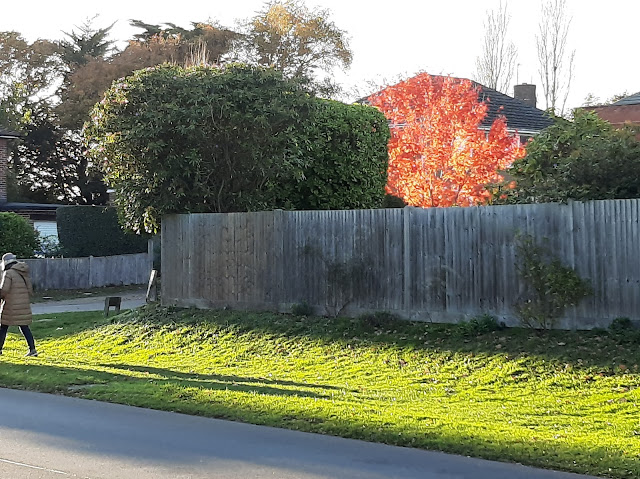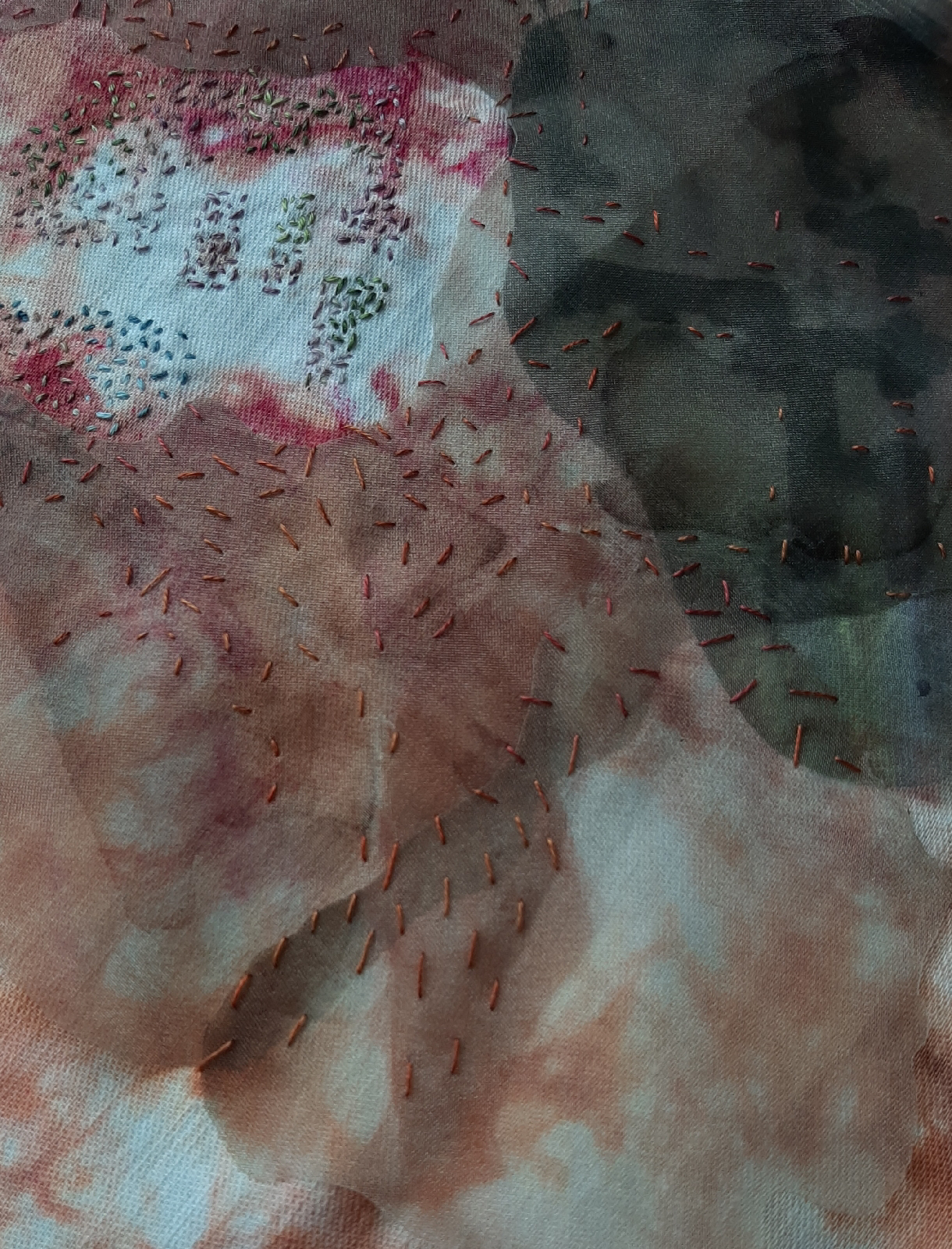Musings on family, gardening, mindfulness, and life as it happens. You can find my stitch and textile musings at "An Elbow's Length of Thread"
Wednesday, 30 December 2020
palimpsest
Sunday, 27 December 2020
Monday, 21 December 2020
Perambulations
Sunday, 6 December 2020
growth and green
Saturday, 14 November 2020
stitching cuneiform
Thursday, 12 November 2020
walking
Tuesday, 27 October 2020
stitch and stitch
then there is the homework .......
Wednesday, 21 October 2020
Sunday, 18 October 2020
accumulation
Thursday, 15 October 2020
The present past
Thursday, 8 October 2020
sampling
Sunday, 4 October 2020
Retreat
We are home again after our annual trip to the Lakes, which Covid was kind enough to allow. We are expecting to be confined to a greater degree in the near future if the rise in infection continues, and are so grateful to have been able to be there this year. As ever the place was magical, despite not "going anywhere"; we walked and swam and I knitted and crocheted and read far too many books, the best of which was The Seven Deaths of Evelyn Hardcastle.
Neither of us can walk very far, due to age and general debility, but I managed a couple of, for me, longish walks, (just over 1 1/2 miles in old money), and as ever looked longingly at the Pikes, wishing I were fitter. This is taken from a point on the road above Elterwater. The sense of space is quite different from a walk on the south coast, with the sea's horizon at one's side. Here is such stillness, space contained by immenseness, water trickling, sheep foraging, light glancing off the landscape, a here and a there.
We stay just on the edge of Elterwater, and were lucky enough to see a red squirrel for the first time
As ever there was rain, but that just adds to the beauty and richness of the colours
And ever in the background, water and reflection
Then one night, when sleep was eluding me, moonlight and shadow






















































